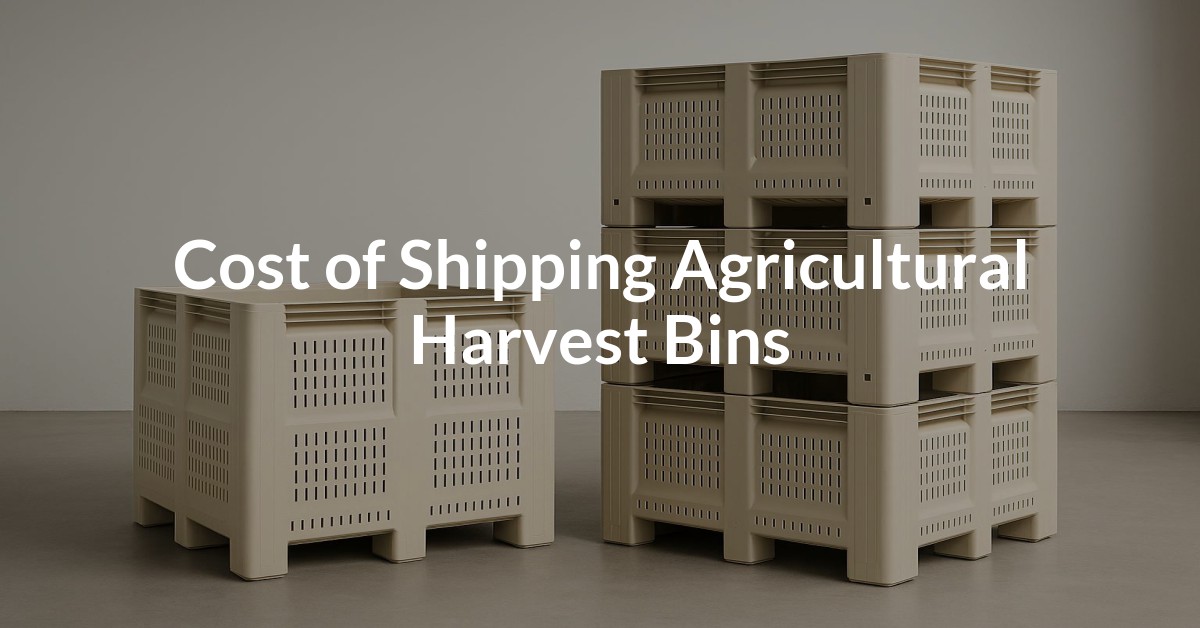Shipping wood glue in bulk, whether in totes or drums, requires meticulous attention to packaging and transportation protocols. These steps ensure the integrity of the product during transit and mitigate the risks associated with leaks or damage. Freight Sidekick offers comprehensive freight solutions tailored to your needs for effective shipping of wood glue.
Understanding Wood Glue Packaging Needs
Wood glue, commonly used in woodworking and carpentry, is generally shipped in large quantities such as totes and drums. These containers efficiently manage bulk quantities but require specific handling to preserve their condition and avoid spills. Besides the product itself, the transportation of these containers must comply with safety and regulatory standards.
Essential Packaging Practices for Totes and Drums
When packaging wood glue in totes or drums, there are several best practices to consider:
- Use sturdy, leak-proof containers specifically designed for the type of wood glue being shipped.
- Clearly label all containers with the product type, volume, and handling instructions.
- Securely fasten drum lids and ensure tote valves are properly sealed to prevent leaks.
- Utilize pallets or cradles for easy handling and secure tie-downs during transit.
- Ensure the outer packaging is durable enough to withstand the transportation conditions.
Freight Options for Shipping Wood Glue
Choosing the appropriate freight option is critical for effective shipping. At Freight Sidekick, we offer several freight options suitable for shipping wood glue, tailored to the shipment size and delivery requirements.
- Full Truckload (FTL): Ideal for large shipments requiring an entire truck, available through Dry Van or Flatbed for easy loading.
- Less Than Truckload (LTL): Suitable for smaller quantities, this option allows for shipment of singular drums or totes.
- Partial/Shared Truckload: For shipments that don’t require a full truck but are larger than LTL, shared truckload options are efficient and cost-effective.
Loading and Unloading Procedures
Proper loading and unloading are crucial to avoid damage.
- Verify container integrity before loading.
- Ensure the shipping vehicle is on level ground during loading and unloading.
- Secure containers with appropriate tie-downs and braces.
- Inspect seals and covers for secure fastening.
- Follow all safety protocols to handle spills or leaks efficiently.
Cost Factors When Shipping Wood Glue
Understanding the cost factors involved in shipping wood glue is essential to make informed decisions. Key considerations include:
- Weight and Density: Affects freight class and ultimately the shipping cost. Use our Freight Class Calculator to determine the appropriate class.
- Distance: Longer distances generally incur higher shipping fees.
- Packaging and Handling: Special handling or packaging requirements could increase overall expenses.
The Importance of a Bill of Lading (BOL)
A Bill of Lading is a vital legal document that provides the details of the shipment and serves as a receipt of freight services. Creating a comprehensive BOL ensures clarity and accountability. Use our Bill of Lading Generator to simplify the process and ensure compliance.
Get Personalized Assistance for Shipping Wood Glue (Totes, Drums)
Need help with your wood glue shipment? Get a quote today, call us at 877-345-3838 or email support@freightsidekick.com for expert advice and support.











